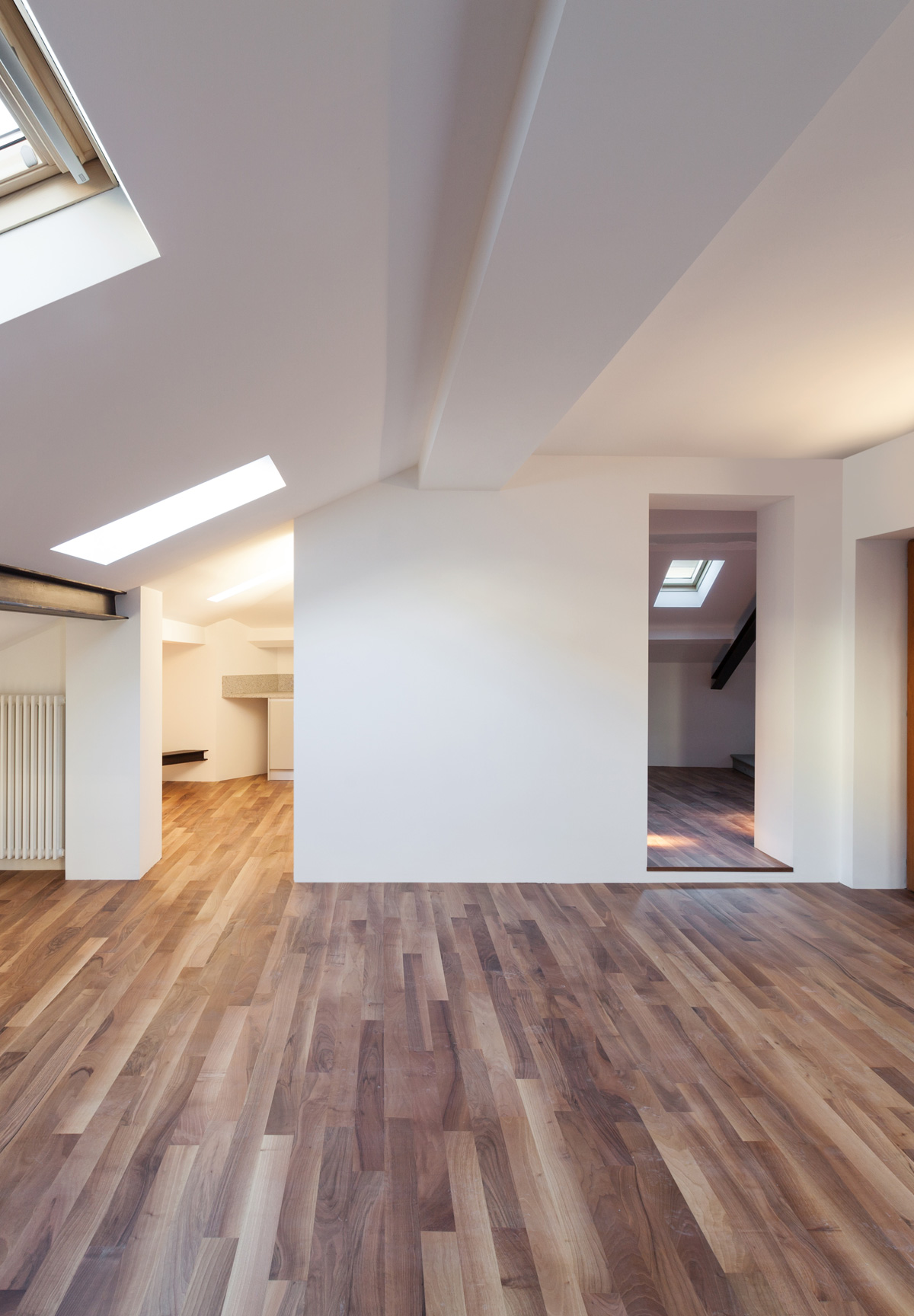What is a Listed Building?
There are three grades for listed buildings and are graded to show their relative architectural or historic interest and come under the following:
- Grade I buildings are of exceptional interest
- Grade II* are particularly important buildings of more than special interest
- Grade II are of special interest, warranting every effort to preserve them
Listing currently protects 500,000 or so buildings in the UK. The listed building scheme was set up in 1950 to give protection to buildings of special architectural or historic interest in England and Wales. It covers not only the building it self but also all the features within the boundaries of the property.
Your Responsibility
Contact your local planning department as soon as possible. Discuss with them whether an application is required. Listing does not automatically stop you from making changes. It ensures that what you would like to do will be given consideration. Do not leave contacting your planning department too long as obtaining consent takes time. If you want to demolish the building or any part of it, make any alterations that would affect its character inside or out you will need consent.
Repairs that match exactly may not need consent, your local authority will advise on this and other minor repairs may need consent. Consent will be required if you paint over brickwork or remove external surfaces, change windows and doors, putting in dormer windows or roof lights along with satellite dishes and burglar alarms, putting up aerials, changing roofing materials, removing or moving internal walls, making new doorways and removing or altering fireplaces, panelling or staircases. Carrying out work unauthorised work to a listed building could lead to prosecution. It is a criminal offence punishable by a fine or a prison sentence or both.
The local authority can require you to put the building back as it was. If you do not have the money to reinstate and repair the building English Heritage and the local council have the right to carry out essential repair works on your behalf and bill you for it. This then becomes a debt that must be paid and normal debt collecting procedures will follow.
Checklist
- Research to area you have decided on. This research should include looking into schools, health facilities, shops and transport.
- Get as much information as you can use sources such as the internet, estate agents in the area, the local newspaper and council and publications.
- Identify the market you are aiming at, for example families and retired people will want different things while business professionals, students or first time buyers will also want something different.
- Be organised and plan your budget, get as much professional advice as you can.
- Do your research and fully understand what is involved if you buy a building in a Conservation Area or a listed building.

